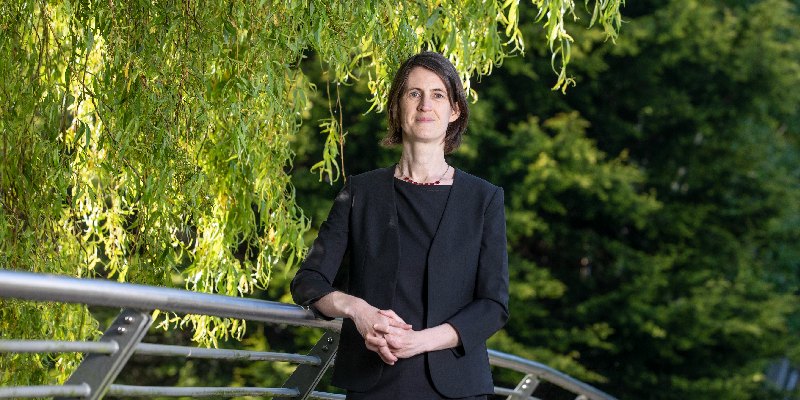Inhibitor drug ‘primes’ the body to better respond to anti-cancer treatment

Safe and tolerable combination of therapies
Study co-author Evanthia T. Roussos Torres, M.D., Ph.D., an adjunct professor at Johns Hopkins and assistant professor of medicine at the University of Southern California’s Norris Comprehensive Cancer Center in Los Angeles, says the entinostat functioned as an immune system-priming agent prior to using immunotherapy in solid tumors that traditionally are nonresponsive to checkpoint inhibition therapy.
“One of the major findings of our study is that this is a safe and tolerable combination of therapies,” she says. “There aren’t very many trials investigating dual immune checkpoint inhibition in combination with other novel therapeutics. We determined a safe, tolerable dose with this combination that had very few adverse effects. That is significant.”
Combination therapy helped increase immune cells that directly kill cancer cell
The researchers collected blood and tumor samples from the 33 patients before and after the two weeks of entinostat to assess the impact of the entinostat on the immune system, and also after the addition of the immune checkpoint agents to evaluate the effect of each of the treatments on the immune environment. The study team found a significant increase in the ratio of CD8/FoxP3 gene expression in tumors following checkpoint inhibitor treatment but not after entinostat treatment alone. This suggests that the combination therapy helped increase both cytotoxic immune system T cells — immune cells that directly kill cancer cell — as well as decrease immune system T regulatory cells — immune cells that modulate the immune response — which equaled a stronger immune response, Roussos Torres says.
The median age of participants was 60, most (91%) were female, 30% had breast cancer (the main tumor type studied) and the median number of prior regimens tried for their disease was 3.5. The median progression-free survival, or time until disease progression or death, was 6.1 months, and median overall survival was 10.6 months. Stable disease, considered the best response, was observed in 44% of participants. Clinical benefit rate, or the percentage of patients who achieved stable disease, or partial or complete response, was 60%.
May be a role for this combination of therapies in breast cancers
The most robust increases in CD8/FoxP3 ratio were observed in two patients with HR-positive breast cancer who experienced a partial response and stable disease. Three additional patients who experienced stable disease had adenocarcinoma, a cancer of glandular tissue.
The complete response in a patient with breast cancer “is a promise that there may be a role for this combination of therapies in breast cancers,” says senior study author Roisin M. Connolly, M.B.B.Ch., M.D., an adjunct professor at Johns Hopkins and chair in cancer research at University College Cork and Cork University Hospital in Ireland.
“Immunotherapy hasn’t been as big a blockbuster to date in advanced breast cancer as in other cancers, such as lung cancers or melanoma. This study paves the way for novel combination therapies that have the potential to improve response rates to immune checkpoint inhibitors in traditionally less-responsive tumor types.”
This drug combination is being investigated further in a group of 24 patients with HER2-negative breast cancer as part of the same NCI-sponsored clinical trial. “We are excited to have completed accrual to these ongoing studies in advanced HER2-negative breast cancer, and expect to report on these findings later this year,” says Stearns.
Study co-authors were Christine Rafie, Chenguang Wang, David Lim, Melinda Downs, Molly Geare, Leslie Anforth, Michelle A. Rudek, Qingfeng Zhu, Sepideh Besharati, Ashley Cimino-Mathews, Robert A. Anders, Vered Stearns, and Elizabeth M. Jaffee of Johns Hopkins. Other authors contributing to the study were from the University of Miami Miller School of Medicine; the University of Pittsburgh Cancer Institute; Yale Cancer Center; City of Hope, Duarte, California; the National Cancer Institute; and the NIH Clinical Center.
